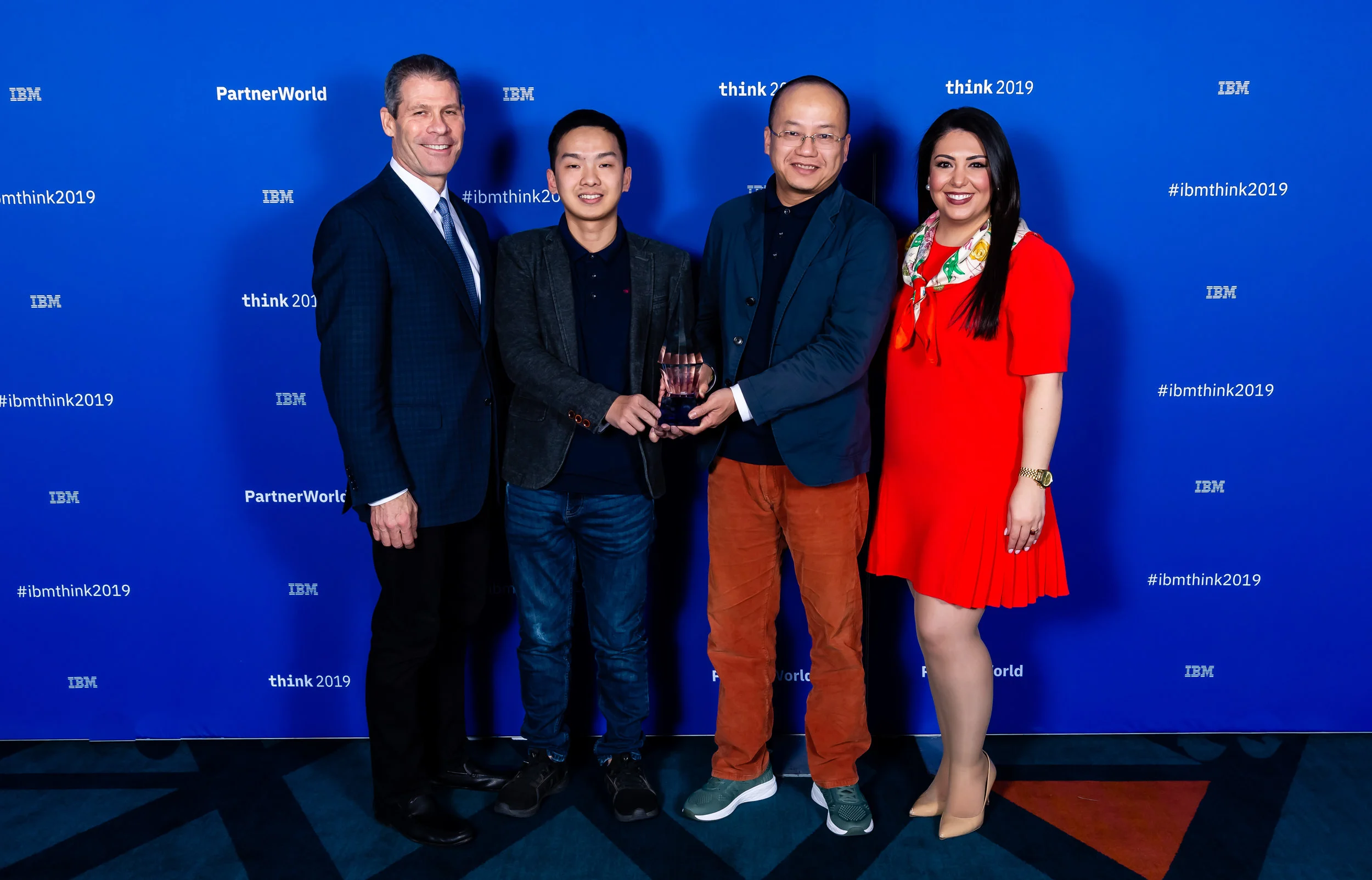You can’t tell where your path will lead to, but always make your best in every step.
Roughly four years ago, Vietnam’s capital city of Hanoi had a bit of a pollution problem, much like every other metropolis on the planet. “It wasn’t unbreathable, though” explains Tran Duc Nghia, Chief Technology Officer at tMonitor (formerly ThinkLABs). “But it was harder to find the blue skies and fresh air that we grew up with.”
Unfortunately (or fortunately depending on your perspective) for tMonitor, the risk of poor air quality air snapped into clearer focus one fateful evening. “On a Saturday night in 2015, a fire suddenly broke out in the building that holds our R&D center,” recalls Nghia. “There was smoke everywhere. We were lucky that the incident did not cause severe damage and no one was hurt, but it did trigger a question for us – ‘What would have happened if there was no one there to sound the alarm?’”
Previously, human intervention was a key component to tMonitor’ emergency response plans, relying on employees to monitor, identify and alert other staff of any threats or issues. But there were frequent periods, such as weekends, when those critical people weren’t at the office.
Turning crisis into opportunity
“After the fire, we started thinking about building a smarter, automated solution that could provide better monitoring and that could minimize the physical and material costs if a crisis occurs in the workplace,” continues Nghia. “In our country, Vietnam, there are a lot of industrial zones with high concentrations of workers – like government factories or textile manufacters. You could have several thousand people working in a very small space. And if a fire were to break out – or another emergency like a chemical spill that could make the air unbreathable – that would be a lot of lives at risk.”
As it explored the creation of an intelligent sensor network that could aid with crisis management, the tMonitor team realized that this technology offered a lot more opportunity.
“We’re indoors most of our lives,” explains Nghia. “So we breathe indoor air about 90 percent of time. And this air is proven to be 2 – 5 times more polluted than outdoor air. With that in mind, we decided to build a real-time indoor air quality monitoring system that could not only avert disasters but improve living quality for the community.”
Finding the right traveling companion
“It wasn’t the easiest journey,” recalls Nghia. “We had a lot of sleepless nights – learning, coding, having meetings and then doing more learning and coding and meetings. But where there’s a will, there’s a way.” And fortunately, tMonitor didn’t need to go that way on its own.
An IBM Business Partner, tMonitor participated in the IBM Global Entrepeneur program in 2017, which gave the firm access to IBM Cloud technology and other resources to help in the developing of its new solution. And in the following year, the firm took advantage of another partnership with a hardware manufacturer in South Korea to acquire the know-how to develop sensor equipment and related electronics.
By 2018, tMonitor had a working model that it entered in the IBM Watson Build competition. And the solution, now known as tMonitor, proved a success, becoming a regional winner and global finalist.
The tMonitor system relies on a complex network of wireless sensor boxes that are controlled, managed and monitored by an IBM Watson IOT Platform solution. These sensor boxes actively measure 13 different air quality indexes as well as other environmental factors such as temperature, humidity and light. And this steady stream of data can trigger alerts and warn workers if the air quality dramatically drops or any other environmental hazard is detected.
Currently, tMonitor has 18 test installations in place, and it plans to bring a commercial version of the tMonitor solution to the marketplace in August of this year.
“We’ve been at this for four years, and we’re still learning,” Nghia concludes, reflecting on the journey he’s taken since that Saturday night in 2015. “We started with nothing but an idea, and with every step our path has become clearer. There are many things ahead that we still do not know, but we will definitely keep moving forward.”







